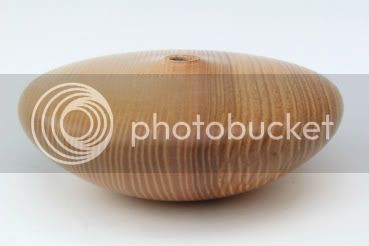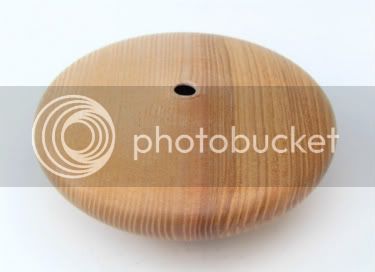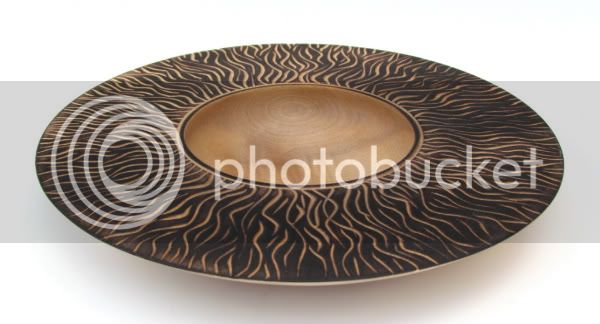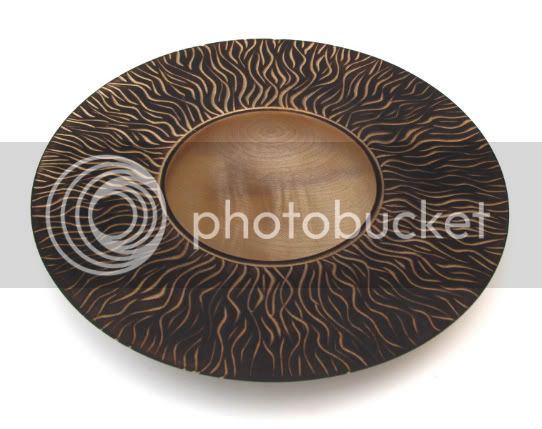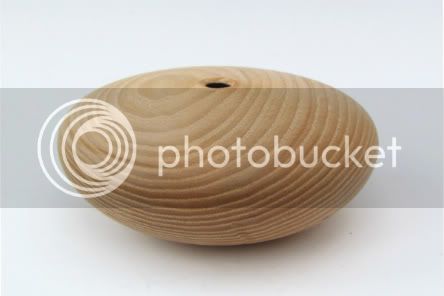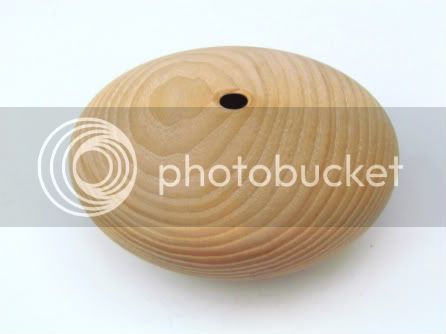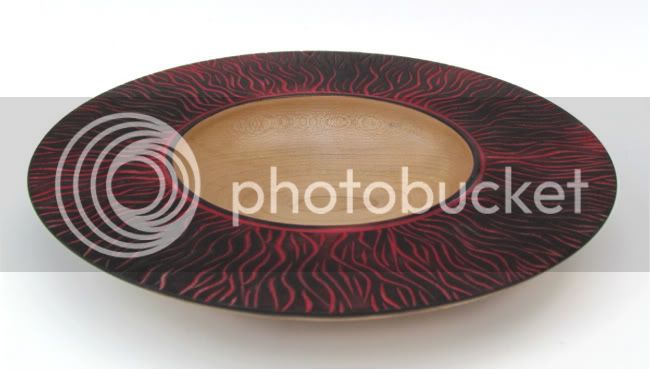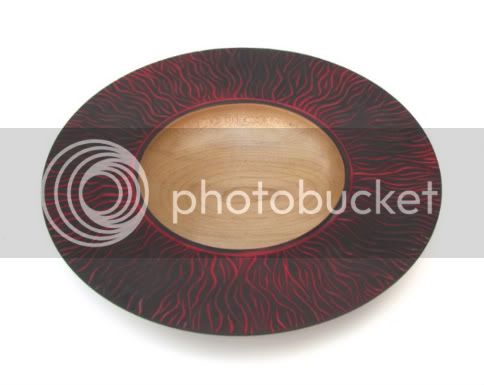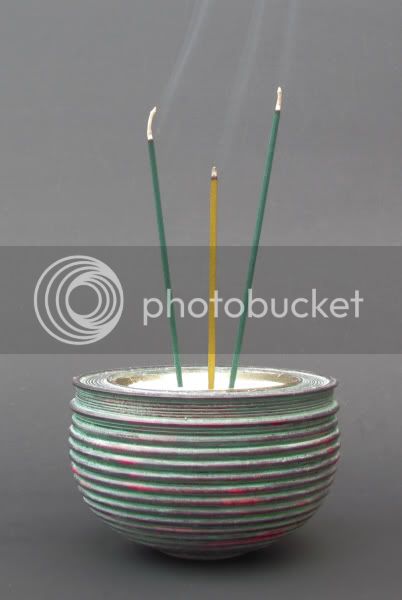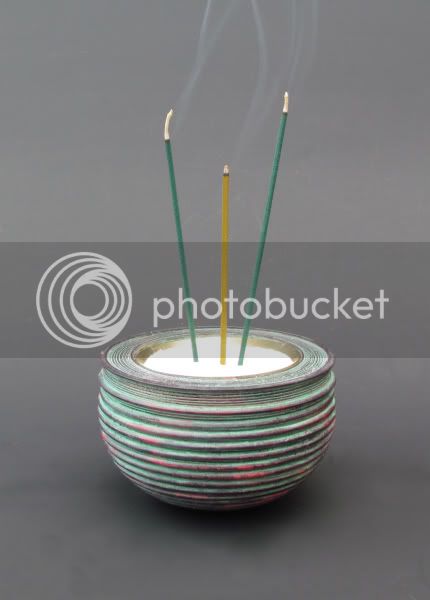Hi Steve
the stains can be applied either by brush or sponge/rag, I am after a worn appearance so any method that is not too precise will do.
Hi Chas
Thank you.
These projects are all produce during my demo's so a lot of prep and blue peter style input.
All of my work is based around very simple processes and yes I apply batch production methods.
IE I will drill all the bowl blanks first, then produce all of the bases and then the tops. I do not use cole jaws which are very slow and cumbersome but employ a simple friction pad which fits all sizes. So A quick jam between this and the tail stock and I am off again finishing all the bases etc in one go. All sized bowls and platters can be done with one initial clamp of the drive in the chuck. NO other tooling after this to mess around with.
All my bowls,platters,boxes, lidded forms, pots etc follow exactly the same process of work holding and tooling only the shapes are different. This I have done specifically as you say for profit margin etc.
Carving all but the pyrography work is very quick and also uses simple texturing methods and with some scorching quite effective results can be achieved in a short time.
The carved bowls I can have completed in an hour and the incense bowl only takes about 15-20mins to finish.
A small hollow form .5-1 hour and the lids 5 min finials 15 mins.
It has taken me a long time to work out the process methods by re-visiting how I can be more efficient. This being the reason I hollow the small holed forms through the base as it makes for me commercial sense.
I also turn at mach 6 when no one is is the room with me as George will say Bish bash bosh

, and this being why I purchased a more powerful lathe. For roughing I can produce the outside form of a shallow bowl in four cuts including the spigot. Then one finishing cut and straight to sanding.
Sanding is also only ever completed down to 320 grit as the buffing does the rest in seconds so again very quick.
All always tell my students to work on the basic tooling techniques and once the tools can be used any thing can be made efficiently.
Mind you things do go wrong and I do make mistakes, have explosions, but I would rather push it hard for a few days then relax than work at a steady pace all week.
One final thing. I also switched on a long time ago that the only place/group to market my work at was gallery/high end. here I can asked realistic prices £60-£80 for the carved bowls more for larger and due to the relatively short time to make the margin is still acceptable.
Also the wood I source is next to nothing compared to seasoned blanks.
Thank you again for taking the time to comment.
